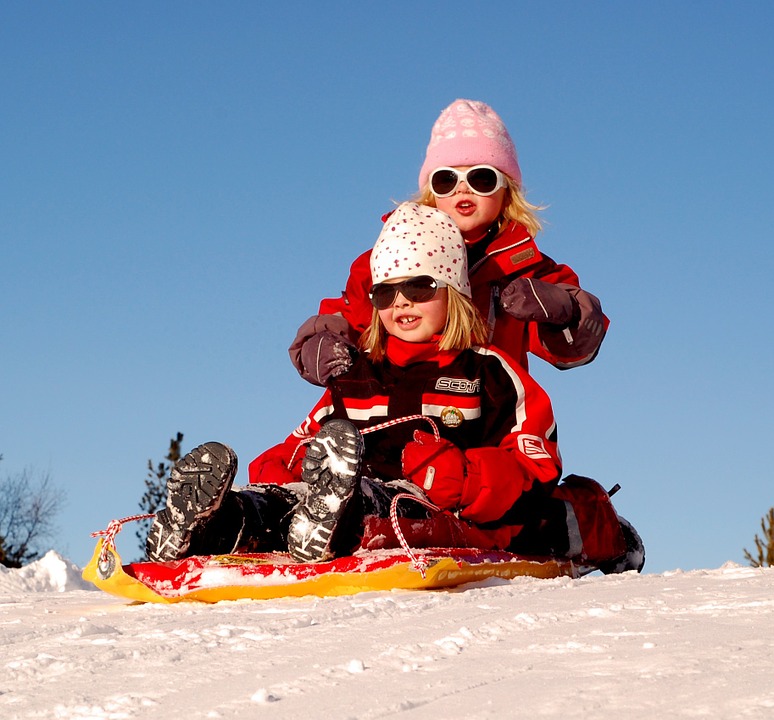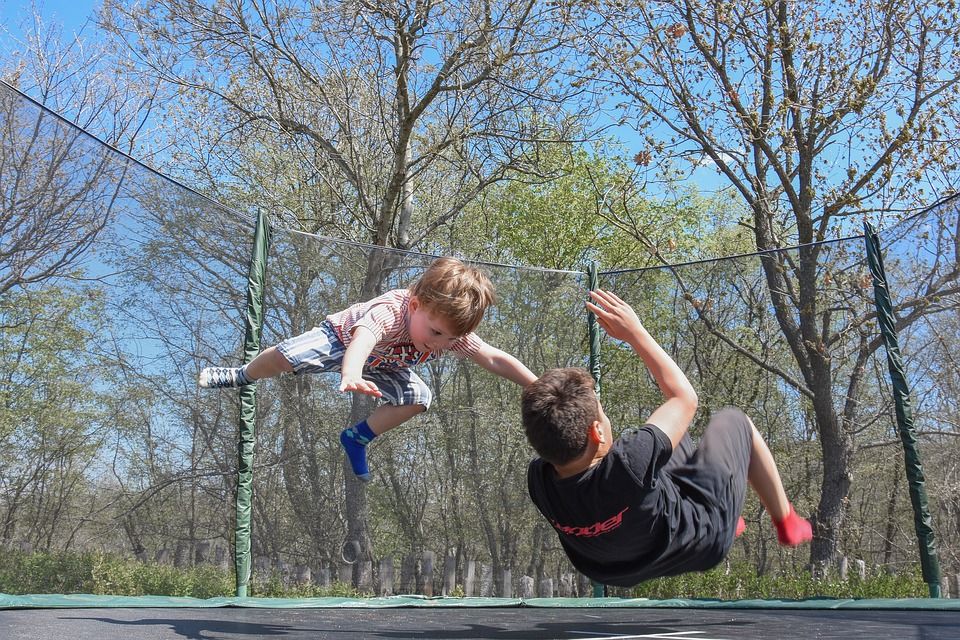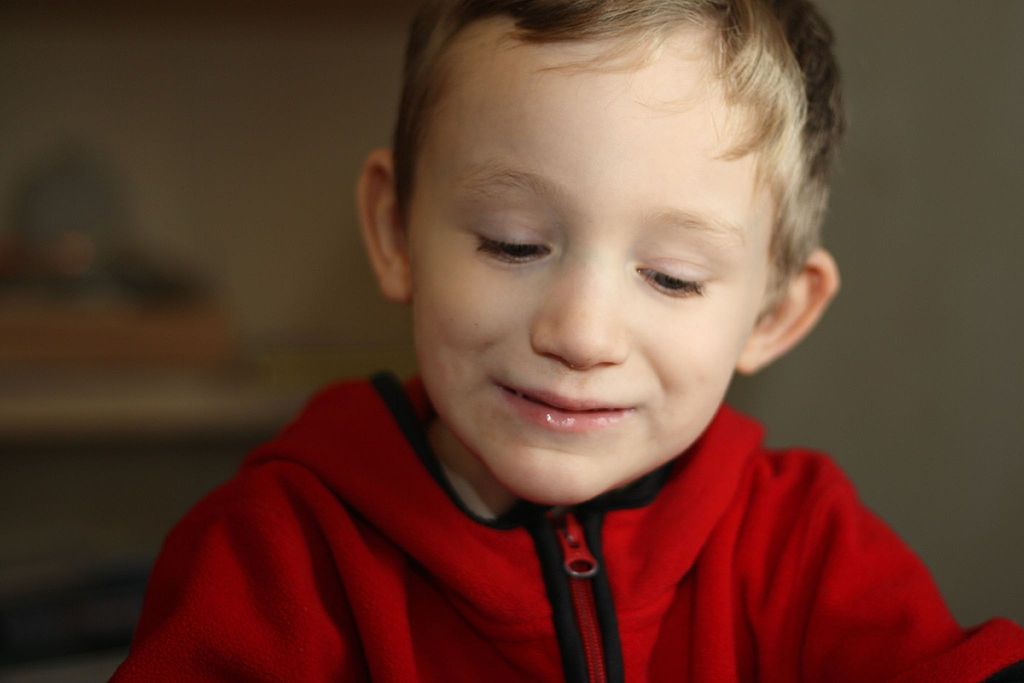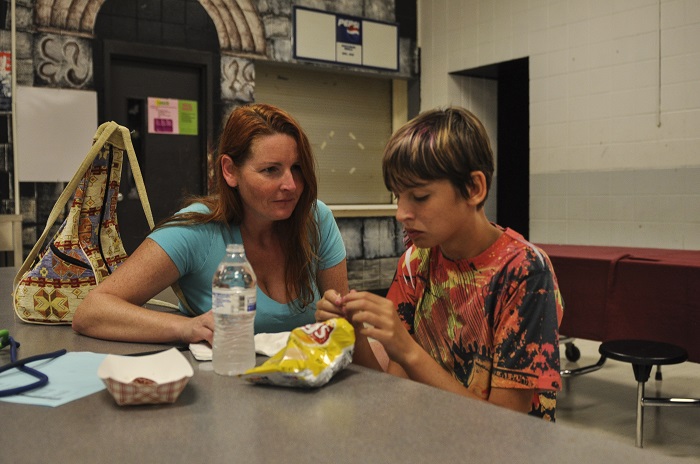
If your child has just started at child care, remember that things can go wrong on the first day, and your child will likely protest when it’s time to say goodbye. Many kids experience nervousness and anxiety when starting child care for the first time, but there is quite a bit you can do to make the transition as easy as possible for both you and your little one.
Helping Your Child Adjust to Child Care
You can begin preparing your child by talking to him or her in advance, telling then where they will be going and what they will be doing during the day. You could also take your child to visit the day care centre a few times before you have to leave them for the first day. Show your child where he or she will be going and answer any questions that have as openly and honestly as you can to reassure them that everything will be okay.
On the first day, try to arrive around 15 minutes beforehand to help your child settle into some sort of activity before you have to get to work. This way, they’re less likely to protest your leaving if they’re already having fun.
If your child is bound to be anxious, send a familiar object like a favourite blanket or stuffed animal to help him or her adjust to the situation. Child care centres in Sydney or in your local area are always happy to accommodate these kinds of things.
Here are a few more tips to make your child feel at ease:
- Try to make enough time so that you won’t be rushing to sing in and get your child settled with an activity.
- Be sure to take note of your own body language when you say goodbye to your child. If you feel uncertain, you could be showing your own anxiety to him or her.
- Try to resist the temptation to just sneak out the door when your little one is not looking – it could well create problems for you both. If your child fears that you are going to disappear each time you drop them at school, they may be unwilling to let you out of their sight.
- If you think your child is going to react very strongly on day one, see if your partner or a friend could drop them off.
- Ask the teacher if they can provide insight about any problems. For example, your little one may not like other children or is just having a hard time settling down for a nap.
- Do your best to stick to a routine and avoid making any changes while your child gets used to the new arrangement.
- Accept that it’s time for your little one to adjust to his or her new school routine and that some children may take longer than others.
- Try to be alert to any underlying problems. If your little one has yet to settle into the new arrangement, it may be time to talk to the teacher. It could be something as simple as a personality clash and your child may do better in another classroom.
Remember those tips and your child will be able to adjust in the child care centre easily.



